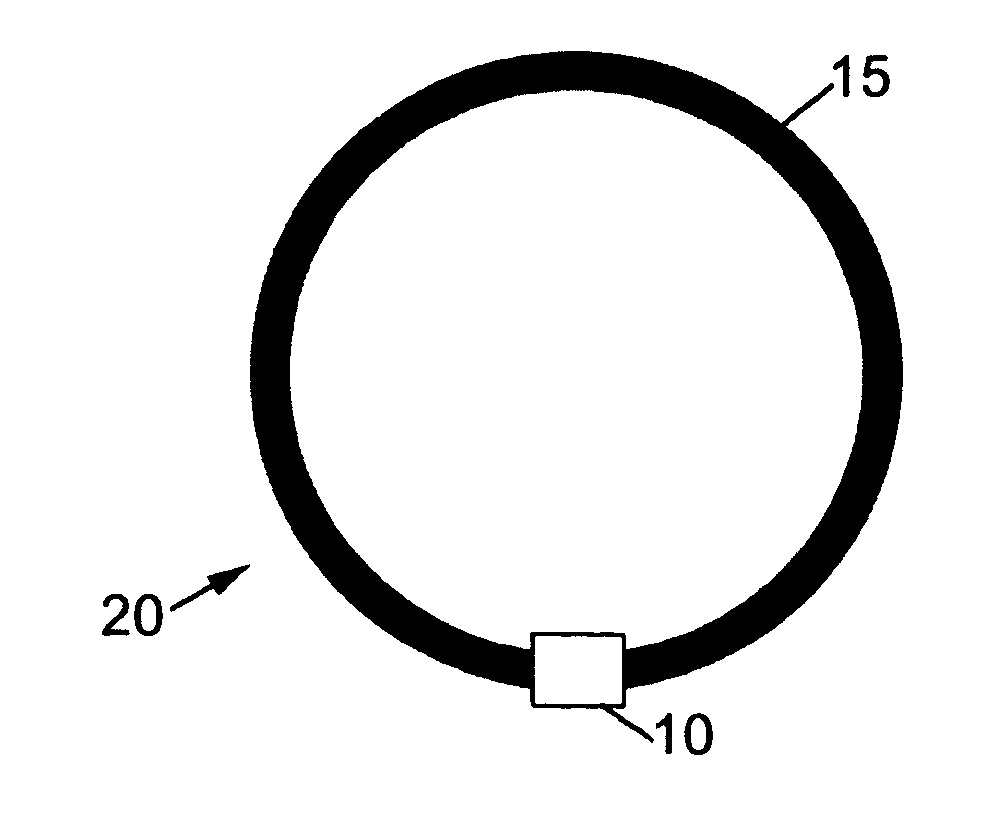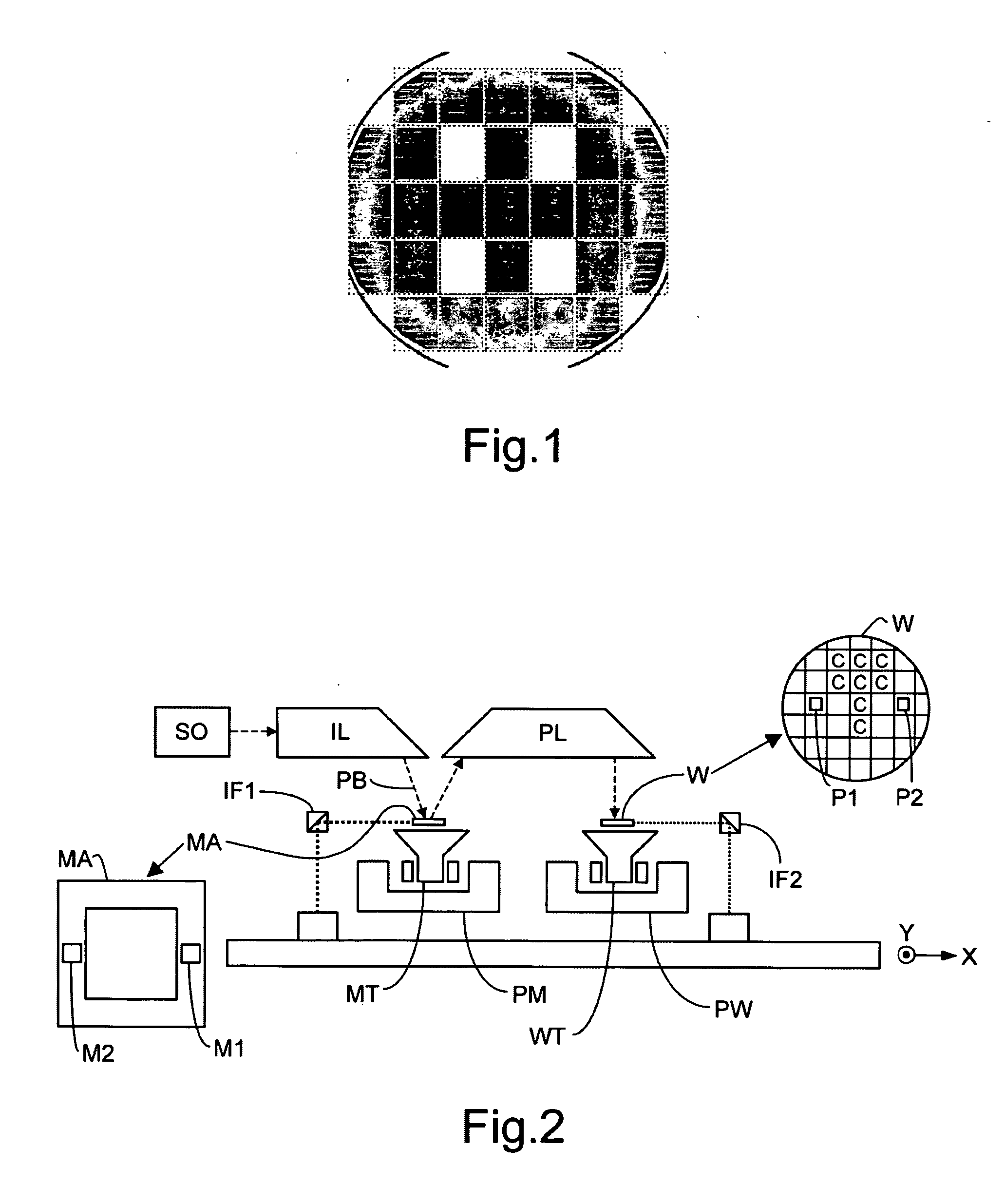Lithographic apparatus, device manufacturing method and device manufactured thereby
a technology of lithographic apparatus and manufacturing method, which is applied in the field of lithographic apparatus, a device manufacturing method and a device manufactured thereby, can solve the problems of chip manufacturer, critical dimension (cd), and yield decline, and achieve uniform width and better correction of critical dimension variation
- Summary
- Abstract
- Description
- Claims
- Application Information
AI Technical Summary
Benefits of technology
Problems solved by technology
Method used
Image
Examples
Embodiment Construction
[0038]FIG. 2 schematically depicts a lithographic apparatus according to one particular embodiment of the invention. The apparatus comprises: [0039] an illumination system (illuminator) IL for providing a projection beam PB of radiation (e.g., UV or EUV radiation). [0040] a first support structure (e.g., a mask table) MT for supporting patterning device (e.g., a mask) MA and connected to first positioning means PM for accurately positioning the patterning device with respect to item PL; [0041] a substrate table (e.g., a wafer table) WT for holding a substrate (e.g., a resist-coated wafer) W and connected to second positioning means PW for accurately positioning the substrate with respect to item PL; and [0042] a projection system (e.g., a reflective projection lens) PL for imaging a pattern imparted to the projection beam PB by patterning device MA onto a target portion C (e.g., comprising one or more dies) of the substrate W.
[0043] As here depicted, the apparatus is of a reflectiv...
PUM
 Login to View More
Login to View More Abstract
Description
Claims
Application Information
 Login to View More
Login to View More - R&D
- Intellectual Property
- Life Sciences
- Materials
- Tech Scout
- Unparalleled Data Quality
- Higher Quality Content
- 60% Fewer Hallucinations
Browse by: Latest US Patents, China's latest patents, Technical Efficacy Thesaurus, Application Domain, Technology Topic, Popular Technical Reports.
© 2025 PatSnap. All rights reserved.Legal|Privacy policy|Modern Slavery Act Transparency Statement|Sitemap|About US| Contact US: help@patsnap.com



